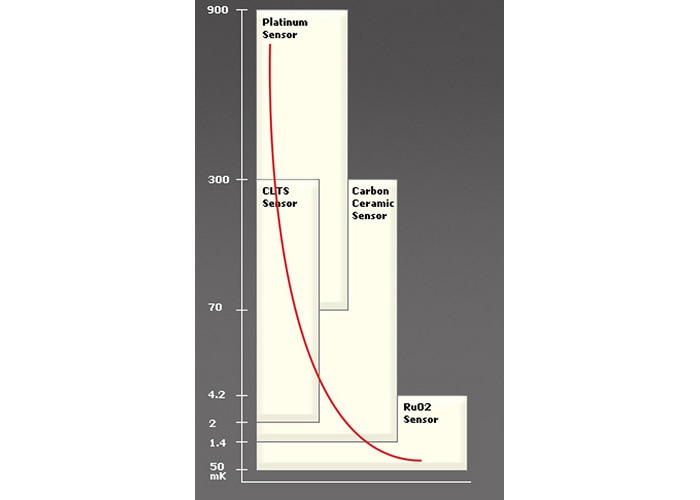Basics of NTC and PTC Thermistors
Thermistors, what are they? Let’s start by breaking down their name, which will give us a pretty clear indication of what they are and what they do: thermistor = thermal resistor. They are small electronic devices that react to a change in temperature (ambient included) by changing their resistance value.
How do they do this? Well, there are two main types of thermistors: NTC and PTC. Each is made of a different material that reacts to temperature in a specific way.
An NTC, or negative temperature coefficient, thermistor’s resistance value decreases as the temperature increases. Selecting one with the proper rating for the circuit can make them ideal to use as an inline inrush current limiter. Starting with high initial resistance, the inrush current will then come in and spike the temperature of the thermistor, dropping the resistance value to a lower power loss level after the inrush current has spiked. The thermistor will then stay at a temperature level high enough to retain the low power loss level while the normal circuit current is flowing through it, making them more ideal than a set value resistor that wouldn’t allow for the lower power loss. These are also often used as temperature sensing devices within a circuit.
A PTC, or positive temperature coefficient, thermistor’s resistance value will increase as the temperature rises. These are commonly used as inline resettable fuses. Their quick spike in resistance once the Curie temperature or switching temperature is met makes them ideal to combat overcurrent scenarios. PTC thermistors are unique in that they act similarly to NTC thermistors with the resistance dropping as temperature increases until the Curie or switching temperature is met.
Important things to know before selecting a thermistor would be the overall resistance rating (typically measured at 25°C which is considered ‘room temperature’), what resistance you need it to raise to and at what temperature, or what resistance you need it to rise to and how quickly, along with a variety of other information such as the operating temperature, resistance tolerance (accuracy), and more. A lot of this information will be found on a manufacturer’s datasheet within the part specs and the graphs showing the temperature coefficient.
Ready to source the proper thermistor for your project? Take a look at DigiKey’s wide selection of in-stock and ready to ship options.

Have questions or comments? Continue the conversation on TechForum, DigiKey's online community and technical resource.
Visit TechForum












